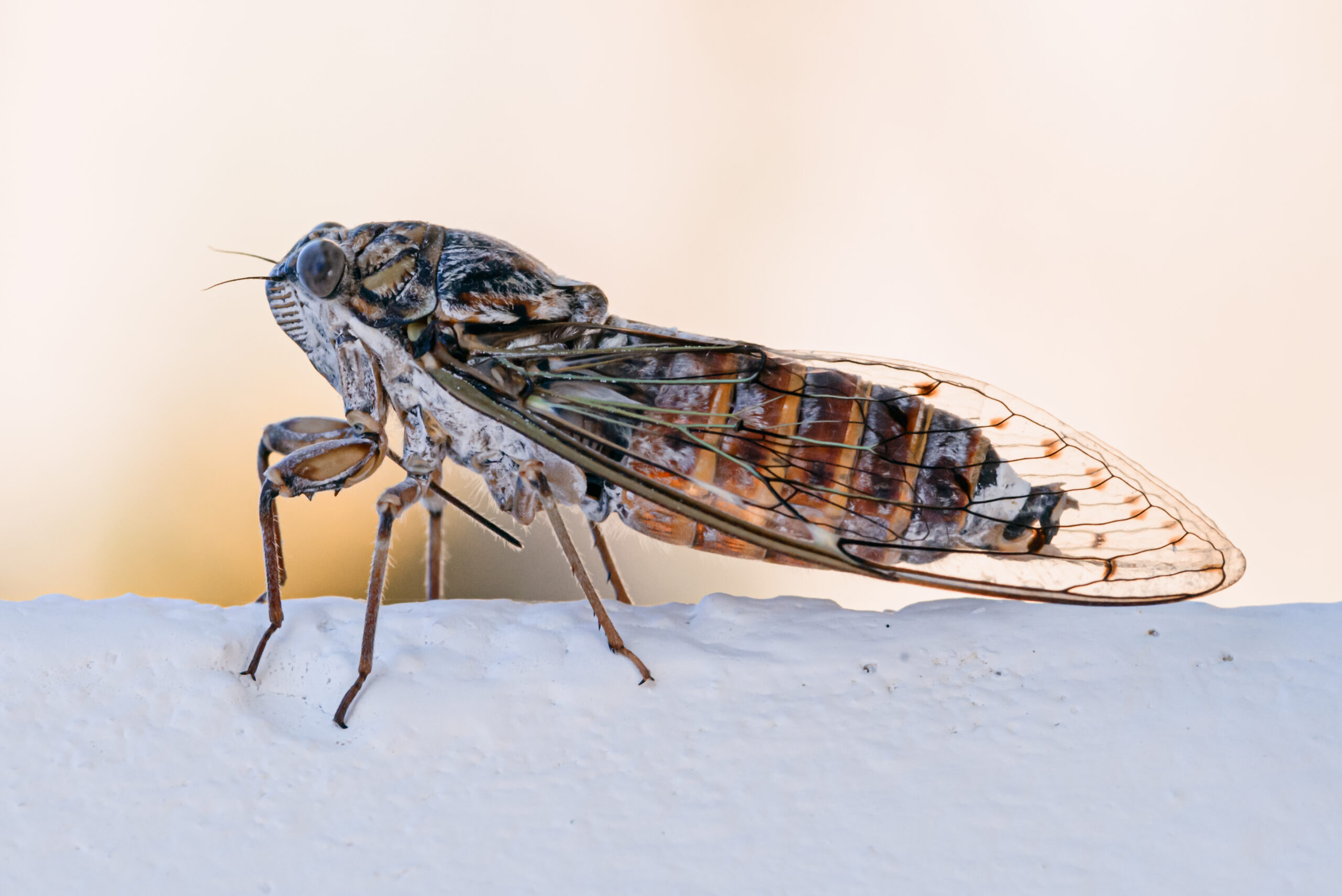Amidst the bustling cities and serene landscapes of Japan, a seasonal marvel unfolds each year, filling the air with a symphony unlike any other. This phenomenon, deeply ingrained in the fabric of Japanese culture, is the chorus of cicadas. Known for their distinctive, resonant songs that signal the height of summer, cicadas have fascinated scientists, artists, and the general public alike. As we delve into the world of Japan’s cicada symphony, we uncover the mysteries and marvels of these intriguing insects, exploring their life cycle, cultural significance, and the science behind their captivating melodies.
Japan’s Cicada Symphony: A Seasonal Marvel
Japan’s cicada symphony is a yearly spectacle that heralds the arrival of summer. Across the country, as temperatures begin to rise, these insects emerge from the ground to fill the air with their unique sounds. The phenomenon is not just a natural occurrence but a cultural event that marks the passage of time in the Japanese calendar. Each species of cicada has its own specific song, creating a layered soundscape that varies from region to region. This seasonal marvel is eagerly anticipated by many, as it brings a sense of nostalgia and a reminder of the fleeting nature of summer.
The Cicadas’ Call: Summer’s Soundtrack in Japan
The cicadas’ call is synonymous with summer in Japan, providing a constant soundtrack to the warmer months. From the early calls of the Kumazemi (bear cicada) to the late-summer songs of the Higurashi, the changing chorus of cicada songs tracks the progression of the season. These sounds, though loud and sometimes overwhelming, are considered by many to be a soothing background noise, emblematic of summer’s lazy, languid days. Urban and rural areas alike resonate with these calls, creating a unifying summer experience for all who dwell within Japan’s borders.
Unraveling the Mystery of Japan’s Cicadas
The mystery of Japan’s cicadas lies in their sudden, synchronized emergence and the purpose behind their powerful songs. Cicadas spend the majority of their life cycle underground, emerging only in their final stage of life to mate. The timing of their appearance, closely tied to soil temperature, showcases nature’s intricate timing. Their songs, produced by males vibrating a special membrane on their abdomen, serve as mating calls and territory markers. These fascinating behaviors have intrigued scientists and nature lovers, leading to extensive research on cicada ecology and communication.
Cicada Species of Japan: A Diverse Orchestra
Japan is home to a diverse orchestra of cicada species, each contributing its own sound to the summer symphony. Notable among these are the Minminzemi, Kumazemi, and Higurashi, each with distinctive songs and habitats. The Minminzemi‘s long, minuscule tones can last up to a minute, while the Kumazemi produces a shorter, more robust sound. The Higurashi, known for its melancholic evening song, adds a hauntingly beautiful layer to the cicada chorus. This diversity not only enriches the soundscape but also reflects the rich biodiversity of Japan’s ecosystems.
The Life Cycle of a Cicada: Nature’s Musicians
The life cycle of a cicada is a marvel of nature. After hatching, the nymphs burrow underground, feeding on sap from tree roots for several years—sometimes up to 17—before emerging en masse to participate in the brief, final act of their lives. This long underground development culminates in a few weeks of frenetic activity above ground, where they shed their exoskeletons, mate, lay eggs, and then die. This fascinating cycle, from silent, hidden nymphs to vociferous adult musicians, encapsulates the transformative power of nature and the impermanence of life.
Decoding the Cicada’s Song: What Are They Saying?
Decoding the cicada’s song has been a subject of scientific curiosity and cultural interpretation. While the primary purpose of these songs is to attract mates and deter predators, research has shown that different species utilize unique frequencies and patterns that can convey information about their size, fitness, and territorial claims. Listening closely to these songs can offer insights into the complex social dynamics and communication strategies of these insects. Culturally, these songs have been interpreted as symbols of change, rebirth, and the natural cycle of life and death.
The Cultural Significance of Cicadas in Japan
Cicadas hold a deep cultural significance in Japan, symbolizing the ephemeral nature of life due to their short-lived adult stage. They are frequently depicted in Japanese literature, poetry, and art, evoking themes of change, impermanence, and the bittersweetness of life. The annual emergence of cicadas is a poignant reminder to cherish each moment. Festivals, songs, and stories inspired by cicadas further underscore their integral role in Japan’s cultural tapestry, making them more than just insects but carriers of profound philosophical and aesthetic value.
Where to Experience Japan’s Cicada Symphony
To fully experience Japan’s cicada symphony, one can venture into almost any green area during the summer months. Parks, temple grounds, and rural areas provide especially vibrant soundscapes. Places like Meiji Jingu in Tokyo and the Philosopher’s Path in Kyoto are renowned for their lush environments that amplify the cicadas’ songs, offering visitors a deeply immersive experience. Nighttime brings the softer, more melancholic tones of the Higurashi, providing a different acoustic atmosphere under the moonlight.
The Science Behind the Cicada’s Melody
The science behind the cicada’s melody involves a complex interplay of biology and acoustics. The males’ unique tymbals, the structures responsible for their song, allow them to produce a wide range of sounds, from clicks to continuous tones. These songs are not only a means of communication but also a demonstration of vitality, as producing them is energetically costly. Researchers continue to study these mechanisms to understand how cicadas can produce such powerful sounds and how these songs influence mating success and survival.
How Climate Change Affects Cicada Seasons
Climate change poses a significant threat to cicada seasons, potentially altering their traditional emergence patterns and affecting the symphony’s timing and composition. Warmer temperatures could lead to earlier appearances or disrupt the synchrony of mass emergences, impacting cicada survival rates and predator-prey dynamics. Scientists are closely monitoring these changes to predict how cicada populations and their seasonal activities might shift in response to global warming, emphasizing the need for conservation efforts to preserve this unique aspect of summer in Japan.
Japanese Artists Inspired by the Cicada’s Song
Numerous Japanese artists have drawn inspiration from the cicada’s song, incorporating its themes and sounds into their work. From the haiku of Matsuo Basho to contemporary music compositions, the cicada’s song serves as a muse for reflections on nature, life, and the passage of time. These artistic interpretations enrich Japan’s cultural heritage, highlighting the deep connection between nature and human creativity and the enduring influence of the cicada’s song on the Japanese aesthetic.
Preserving Japan’s Cicada Symphony for the Future
As modernization and climate change threaten Japan’s natural habitats, efforts to preserve the cicada symphony become increasingly important. Conservation initiatives aimed at protecting green spaces and promoting biodiversity are essential to ensuring that future generations can experience this unique aspect of Japanese summer. Public education and engagement in conservation practices can foster a deeper appreciation for cicadas and their role in the ecosystem, securing the legacy of Japan’s cicada symphony for years to come.
Japan’s cicada symphony is a captivating blend of natural wonder and cultural significance, embodying the essence of summer in the hearts of many. As we explore the mysteries behind their songs, the life cycle of these remarkable insects, and their impact on art and society, we gain a deeper understanding of their importance. Preserving this seasonal marvel is not just about saving a natural phenomenon but also about safeguarding a cultural treasure that has inspired generations. As the cicadas continue to sing their age-old songs, they remind us of the beauty of nature’s cycles and the preciousness of the moments we share with it.







